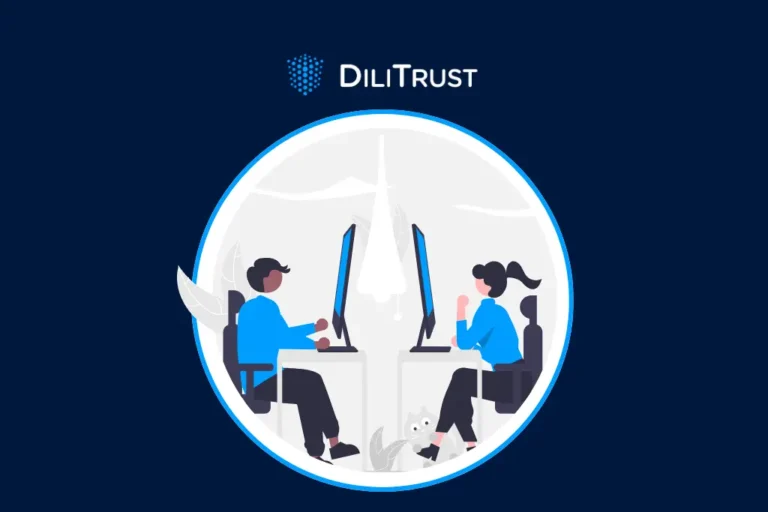An agile and value-centric corporate legal department, paired with the right tech stack, can turn out better quality work faster and fit better overall with the internal processes of the corporation.
The agile project management philosophy was born in the IT world in 2001 to help break down large projects into manageable chunks. Given its proven effectiveness, project leaders and managers in non-IT roles have started using agile to manage projects and teams in recent years.
After completely revolutionizing the IT world, it makes sense that agile could revolutionize the corporate legal department as well – especially since legal and IT are currently at such an important convergence. According to the Project Management Institute, projects which use agile are 28 percent more successful than ones that do not. The legal department’s increasing need for big data and automated solutions are making tech and agile implementation of that tech in workflows an integral part of everyday operations.
What is agile?
The agile project management style is frequently just referred to as “agile”, as clunky as it sounds. In a way, “nounifying” agile project management as “agile” is a direct application of its philosophy, which is simplicity above all.
Agile was conceived as a response to the previous favorite workstyle of the IT world, the waterfall philosophy, which embraced rigid process and documentation as all-important to the point where it was getting in the way of results. Agile turned waterfall on its head to place people and outcomes above process and documentation in order of priority. In doing this, it helped to significantly accelerate the process of software development and the implementation of IT projects.
The Agile Manifesto, which could be considered to be the constitution of the philosophy, is as follows:
“We are uncovering better ways of developing software by doing it and helping others do it.
Through this work we have come to value:
Individuals and interactions over processes and tools
Working software over comprehensive documentation
Customer collaboration over contract negotiation
Responding to change over following a plan
That is, while there is value in the items on the right, we value the items on the left more.”
The manifesto has since been built on by a wide body of books and studies, proving its efficacy and breaking its simple premise down into steps such as scrums, sprints, timeboxes, and other names for pieces of and approaches to projects. It has been widely adopted in the business world, with “working software” being swapped out for working products or services.
According to “Embracing Agile, How to master the process that’s transforming management” in the Harvard Business Review, agile provably:
- Increases team productivity
- Improves employee satisfaction
- Reduces quality defects
- Eliminates unimportant meetings
Picking your battles: what should be handled in agile and what should not
The drawback of agile is that it is not suited to long-term projects without clear outcomes – although the usefulness of such projects can certainly be debated. Gartner offers four questions that legal department managers should ask before deciding whether or not to handle a project in an agile manner.
- Would this project benefit from more client input?
- Does the project have a clear end product?
- Does the work require expertise from multiple areas?
- Can the work be broken down into manageable pieces?
If the answer to all four questions is “yes”, then the project is suited for agile. If it is not, then waterfall or other project management philosophies may be better ones to use.
Agile in the legal department: it can be done with digitalization
The one tenet of the Agile Manifesto that legal minds will get stuck on is the requirement to put results over process and documentation. Documentation is a necessary output of any undertaking by the legal department, and massive amounts are generally required.
Digitalization of corporate legal department operations is the best way to overcome this hurdle; advancement in legal technology has delivered many tools that can enable faster, cheaper document assembly and dissemination. A more efficient process can also be realized with legal technology tools.
The digitalization of the legal department should also be handled in an agile manner, and it is a natural fit since agile was designed by and for the IT sector. Replacing legacy software with better and more secure solutions is best done using the agile philosophy. Additionally, digitalization will enable more work to happen by fewer people. This is an absolute requirement given the labor shortage in the short-term pandemic recovery economy and the long-term when older workers will be retiring en masse.
Reevaluating the tech stack for agile work in legal departments
Legal departments typically have multiple legacy software solutions in place which serve different needs. With today’s legal technology, there is a very good chance that most corporate legal department needs can be served with just a couple of solutions. Too much billable time is lost by the need for employees to log into and merge data from separate solutions. Part of agile is putting people over tools, and the best way to do that is to give your people the tools they need instead of solutions that have been cobbled together over time based on disparate needs.
The ideal tech stack for a legal department will have ironclad security and allow for easy collaboration and communication between team members and other corporate departments.



